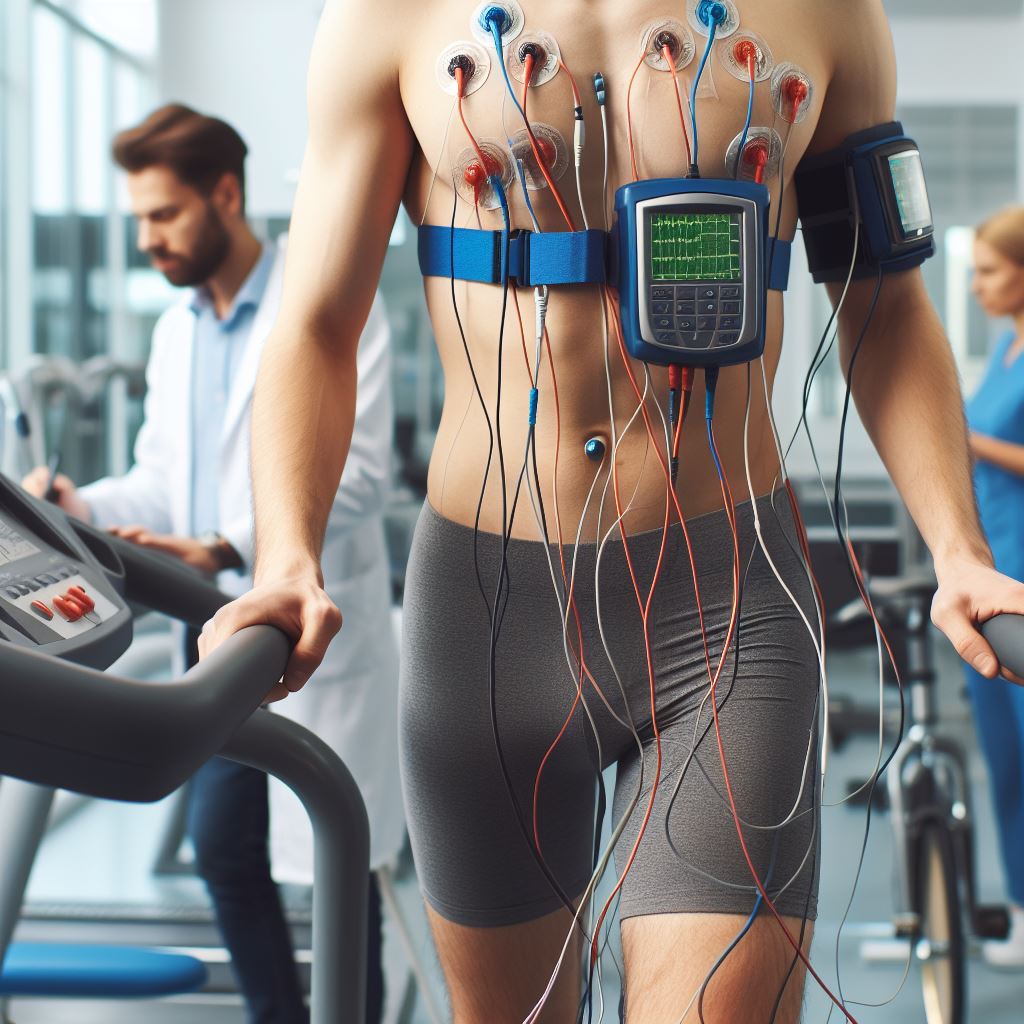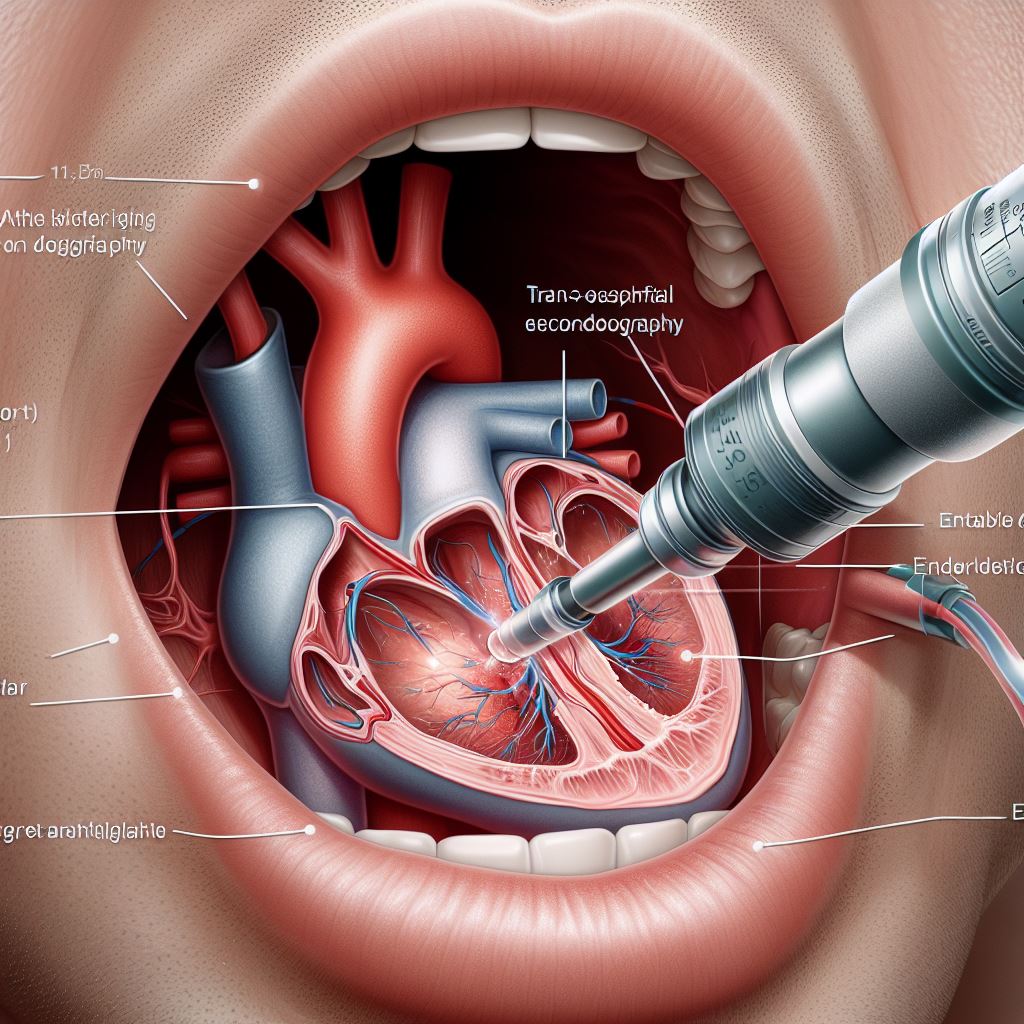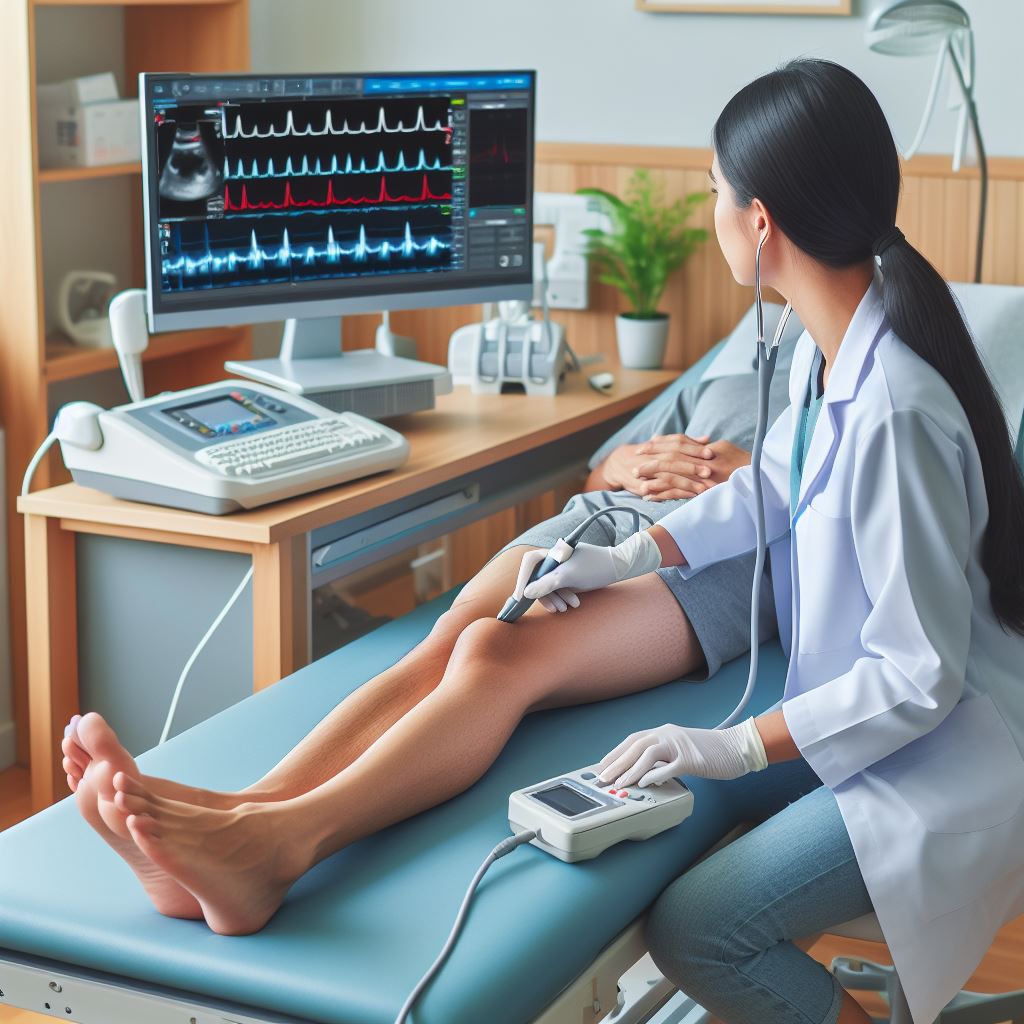
Ambulatory Blood
Pressure Monitoring involves the continuous measurement of blood pressure over
a 24-hour period, providing a comprehensive and dynamic picture of a patient's
blood pressure throughout their daily activities, including sleep. This method
surpasses traditional blood pressure measurements taken in a clinical setting,
offering a more accurate and representative assessment of an individual's true
blood pressure status.
Why is Ambulatory Blood Pressure Monitoring Used? ABPM is a powerful diagnostic tool used for
various reasons, including:
· Identification of White Coat Hypertension: Some individuals experience elevated blood
pressure solely in a clinical setting, which may not accurately reflect their
day-to-day blood pressure status. ABPM helps differentiate between true
hypertension and the influence of the clinical environment.
· Assessment of Nocturnal Hypertension: ABPM aids in the identification and management of conditions like
nocturnal hypertension, where blood pressure variations during sleep are
crucial for understanding overall cardiovascular health.
· Evaluation of Blood Pressure Variability: ABPM allows for the observation of blood pressure
changes throughout the day, uncovering patterns that may not be apparent
through standard measurements. Understanding these variations is essential for
developing effective treatment plans.
Different Blood Pressure Patterns: ABPM provides insights into different blood pressure patterns,
including:
· Dipping Pattern: A normal drop in blood pressure during sleep, reflecting the body's
adaptive response to reduced activity.
· Non-Dipping Pattern: Absence of the expected drop in blood pressure during sleep, which may
indicate an increased risk of cardiovascular events.
· Reverse Dipping Pattern: An increase in blood pressure during sleep, highlighting potential
health concerns that may require targeted interventions.
Test Details:
· Who Needs Ambulatory Blood Pressure Monitoring?
·
Individuals with suspected
hypertension or uncontrolled blood pressure.
·
Those with fluctuating blood pressure
readings during routine monitoring.
·
Patients experiencing side effects or
inadequate response to antihypertensive medications.
· How is Ambulatory Blood Pressure Monitoring Done?
·
A small, portable monitor is worn on
a belt or strap, connected to a cuff positioned on the arm.
·
The monitor automatically inflates
the cuff at regular intervals, usually every 15–30 minutes during the day and
every 30–60 minutes at night, recording blood pressure measurements.
· How Do You Sleep with an Ambulatory Blood Pressure Monitor?
·
The ABPM device is designed for
comfort and portability, and sleeping positions are generally not significantly
affected. The cuff is adjustable to ensure a secure fit without compromising
sleep quality.
Benefits:
· Holistic Assessment: ABPM provides a comprehensive evaluation of blood pressure, considering
various daily activities and sleep. This holistic approach helps healthcare
professionals better understand the factors influencing blood pressure and
tailor interventions accordingly.
· Accurate Diagnosis: ABPM contributes to a more accurate diagnosis by identifying white coat
hypertension and providing a more nuanced understanding of blood pressure
patterns. This precision is crucial for developing targeted treatment plans.
Advantages:
· Real-Time Monitoring: ABPM offers continuous monitoring, capturing blood pressure
fluctuations in real-time. This continuous data collection is particularly
valuable for uncovering variations that may be missed during a single office
visit.
· Improved Medication Management: The detailed information obtained through ABPM allows healthcare
providers to make more informed decisions regarding medication adjustments.
This personalized approach enhances the effectiveness of treatment plans,
leading to better blood pressure control.
Results: ABPM results
contribute significantly to a more accurate diagnosis and the development of
effective treatment plans. By providing a thorough understanding of a patient's
blood pressure patterns, healthcare professionals can tailor interventions to
address specific challenges and improve overall cardiovascular health.
Risks: While ABPM is
generally considered safe, some patients may experience mild discomfort or skin
irritation from the cuff. It's essential to communicate any concerns or
discomfort with your healthcare provider during the monitoring period.












